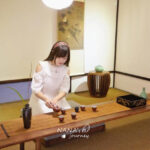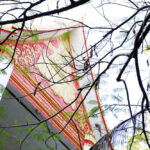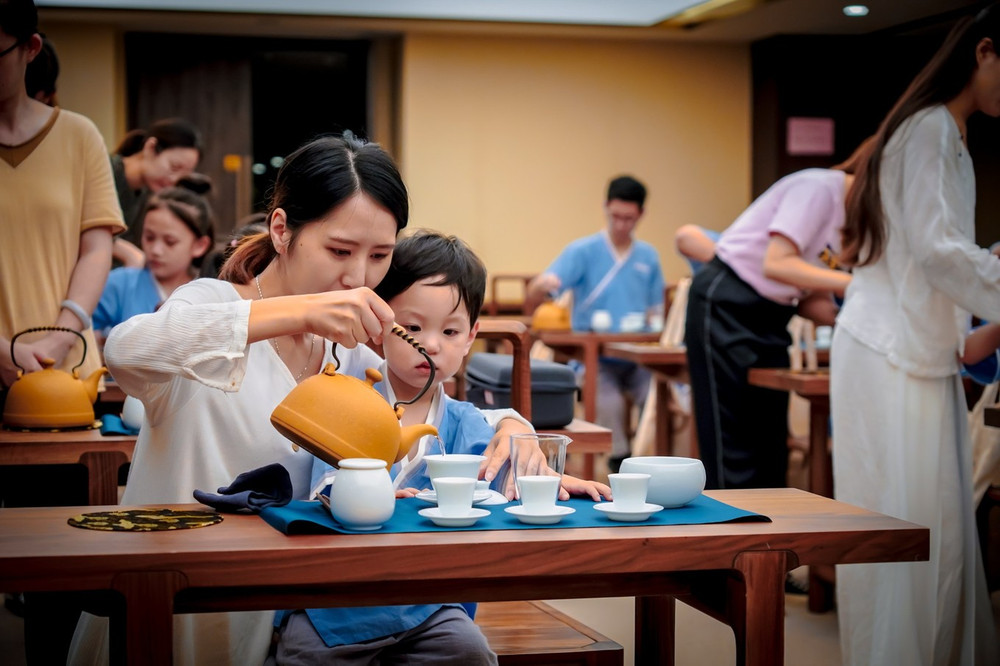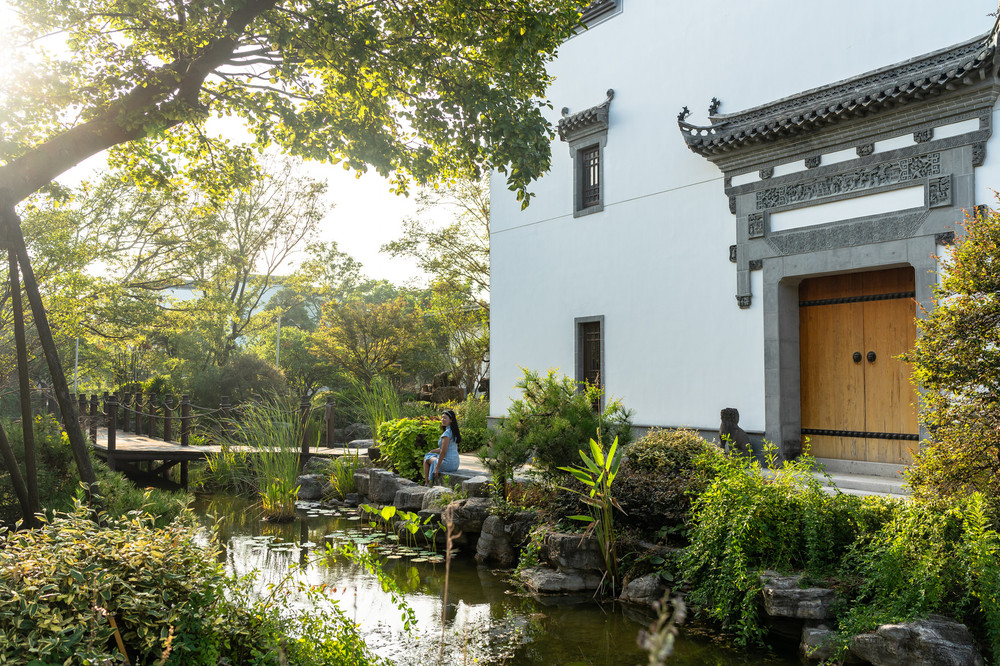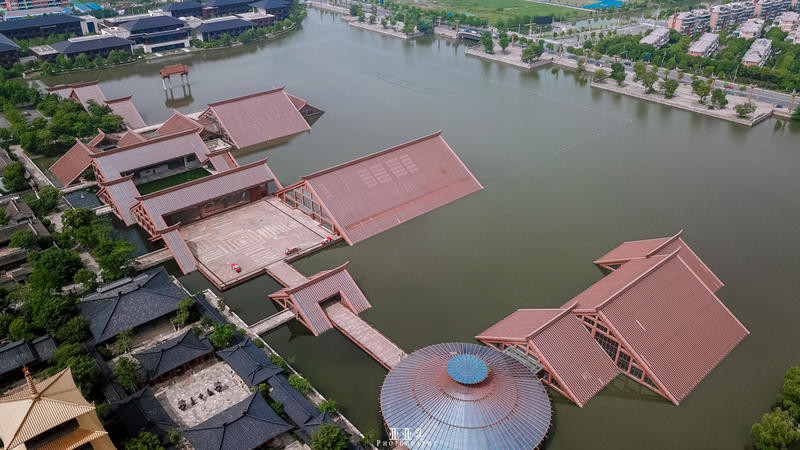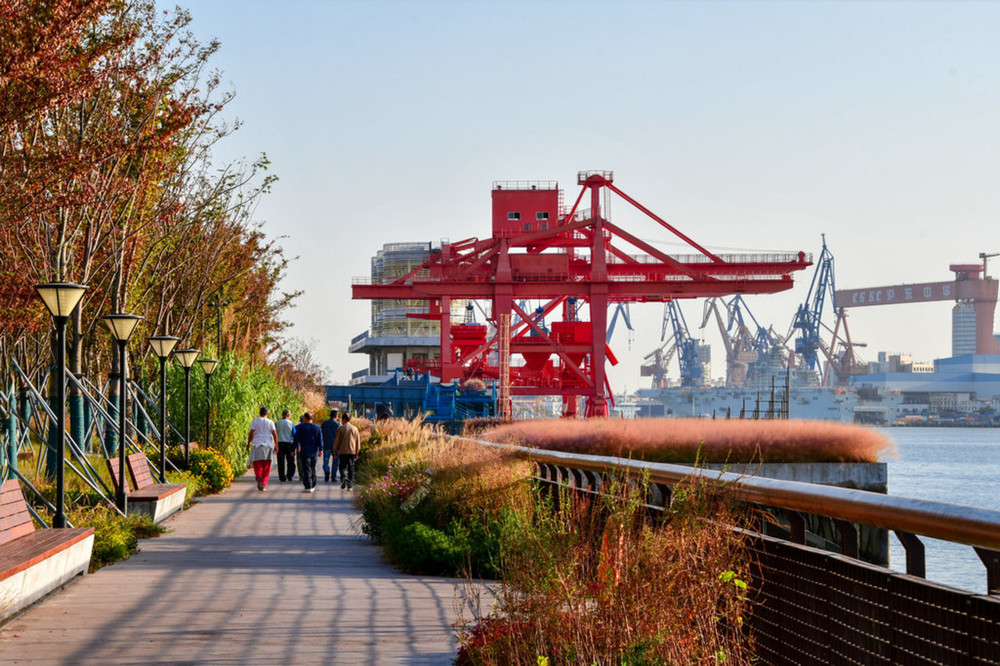### Cultural Exploration: A Day in Shanghai

#### **Duration: 1 Day**
**Time: April**
**Cost per Person: 30 Yuan**
**Travel Companions: Husband and Wife**
**Travel Style: Cultural Exploration, Free and Easy Travel**
—
### **Itinerary:**
The author embarked on a cultural exploration in Shanghai, visiting iconic places such as the Shanghai Bund, Sassoon House, Chen Yi Square, Fairmont Peace Hotel, and Shikumen. The article was published on **2021-04-18 22:22**.
—
### **The Fairmont Peace Hotel: A Landmark in Shanghai**
The Peace Hotel is a landmark building located at No. 20 East Nanjing Road, Huangpu District, Shanghai. It stands at the intersection of East Nanjing Road and the Bund’s Zhongshan East First Road. Constructed by Sir Victor Sassoon, a Jewish tycoon, who invested 5 million taels of silver, the building was named after the Sassoon family and represents the first modernist building in Shanghai’s modern architectural history, featuring the Chicago School’s Gothic style.
### **Distinctive Suites and Facilities**
The hotel boasts distinctive nine-nation-style suites and numerous characteristic restaurants, banquet halls, multifunctional rooms, bars, and rooftop observation gardens. Formerly called the Sassoon House and also known as the Cathay Hotel, it was designated as a National Key Cultural Relic Protection Unit by the central government in the second batch in 1996.
### **Shanghai Peace Museum**
The Shanghai Peace Museum is located within the Peace Hotel, existing as a unique part of it. It is possibly the first museum in China that exists in the form of a hotel. Reservations are required for visiting, and they can be made through the WeChat public account ‘Huangpu’s Shanghai’. Visitors can enter 10 minutes before the scheduled time for a 20-minute guided tour.
### **Guided Tour Experience**
The guides are elegant, gentle, and articulate, providing high-quality explanations. In addition to the small museum, the lobby, movie corridor, and Chaplin stairs were also part of the tour. After the guided tour, visitors are free to explore and take photos, making it a very pleasant experience.
### **Lobby and Architectural Grandeur**
The Peace Hotel has three entrances on Nanjing Road, and the easternmost one is used for visits. Entering through the revolving door into the lobby, the floor is paved with creamy white Italian marble, and the top features antique bronze engraved chandeliers, exuding luxury and elegance, earning the reputation of ‘the number one building in the Far East’.
### **Natural Light and Octagonal Dome**
The Peace Hotel’s lobby features an octagonal colored glass ceiling that allows natural light to pour in grandly, making it one of the hotel’s most impressive features. The translucent glass at the top has a history of a hundred years. The lobby’s octagonal dome still retains its original appearance from when it was built 29 years ago, relying entirely on the high dome for natural lighting.
### **Cultural Relics and Artistic Expressions**
In the center of the hall stands a peace dove craft, created and donated by glass artist Shi Senbin to celebrate the hotel’s 90th anniversary. It is shaped using traditional colored glaze techniques and narrates the graceful posture of the spreading wings of the dove using deconstructed modern artistic language.
### **Peace Dove Statue**
Composed of 1,580 pieces of glass and weighing one ton, the lifelike and dignified yet romantic Peace Dove statue perfectly matches the symbolism of the Peace Hotel.
### **Pattern of Two Greyhounds**
Throughout the hotel’s decor and seemingly inconspicuous areas, one can often spot the pattern of two greyhounds. These are the beloved dogs of the hotel’s founder Sassoon, who was known for his passion for horse and dog racing.
### **Jasmine Lounge and Jazz Bar**
To the right of the lobby lies the Jasmine Lounge, while to the left is the renowned Jazz Bar. The Jasmine Lounge, located on the first floor of the Peace Hotel, embodies the unique charm of old Shanghai. The restaurant plays elegant and pleasant slow songs, and the smiles on the faces of the service staff left a deep impression.
### **Senior Jazz Band**
As night falls, one can move to another part of the restaurant, as the representative Senior Jazz Band of the Peace Hotel has already started playing their instruments. The Senior Jazz Band consists of six musicians who have been in the music industry for more than half a century, with an average age of eighty-two. The screen at the entrance features the band’s original six members, including the founder and leader Zhou Wanrong and jazz drummer Cheng Yueqiang, who were members of the first Chinese jazz band, Jamie King’s band, which was popular in the 1940s at the Paramount Ballroom in Shanghai.Due to the limited recording equipment, a record could only record for 4 minutes. It can be played on a 78 RPM manual gramophone with a bamboo needle.
From 1952, ‘Cathay Hotel’ to ‘Peace Hotel’, the logo on the items changed. This building was completed in 1929 at a cost of 5 million US dollars. At that time, it was called ‘Sassoon Building’, and it was the first real building with more than ten floors in Shanghai. The founder was Victor Sassoon. At that time, he decided to create the most high-end modern hotel in the Sassoon Building, which could represent the top life in Shanghai. Thus, ‘Cathay Hotel’ came into being. Sassoon loved Shanghai very much and took the entire 10th floor of the hotel as his private apartment. This luxurious space occupying a whole floor was used by Sassoon alone. The emerald green pyramid roof about 10 meters high has become a significant landmark of the Bund. The interior has nine country suites of British, Italian, Indian, German, French, American, Japanese, Spanish, and Chinese styles.
The Sassoon House is a 10-story building (partially 13 stories) with a total height of 77 meters built by the Huamao Real Estate Co., Ltd., a subsidiary of the British-owned New Sassoon Foreign Firm, with an investment of 2.4 million yuan at No. 20 Waitan, Shanghai (at the intersection of Nanjing Road). It is the tallest building on the Bund with a construction area of 36,317 square meters. In 1872, Elias Sassoon, a British Jew, established the New Sassoon Foreign Firm in Mumbai. In 1877, he came to Shanghai and set up a branch office and bought the real estate of the American firm Augustine Heard & Co. at No. 20 Waitan (11 mu and 7 fen). In April 1926, the old houses began to be demolished, and the new building was completed on September 5, 1929. The architectural style of the building belongs to Art Deco. Its 19-meter-high dark green pyramidal copper roof has become another prominent landmark on the Bund over the years. The designer is the famous Palmer & Turner Architects and Surveyors. The west lobby on the ground floor and the 4th to 9th floors opened the top luxury hotel in Shanghai at that time, the Cathay Hotel, with guest rooms in nine national styles. The east lobby on the ground floor was leased to the Netherlands Bank and the Banque Belge pour l’Étranger. The top floor was Sassoon’s own luxurious residence.
In the West in 1929, Art Deco architecture was just emerging. The Sassoon House was designed in the then popular Chicago school style in the United States. From the shape, composition to the decorative details, it has been greatly simplified. The 19-meter dark green square pyramid on the top is a historical turning point of the buildings on the Bund. It marks the beginning of the transformation of the Bund from neoclassicism to Art Deco. The gemstone top is 19 meters high, nearly a quarter of the entire building. Opposite is now Chen Yi Square. Of course, it was not General Chen Yi at the earliest. It was something like a British governor. It was destroyed by the Japanese invasion. After liberation, a statue of Chen Yi was placed. The emerald top has always been a striking and iconic presence of the Peace Hotel. But why is it green? – In fact, it was originally yellow, made of copper. Copper oxidizes. After being exposed to wind and rain, it gradually became a mottled copper rust green. Finally, for the sake of beauty, it was all painted green. This origin is also an accidental historical moment: from 1929 to 1952. After its completion in 1929, it was the tallest building in the Far East. The facilities inside the building were extremely luxurious. Almost everything was imported from the West. It was the most beautiful and luxurious hotel in the Far East, attracting some high-ranking officials, nobles and celebrities at that time. Film stars like Charlie Chaplin, Marlene Dietrich and Anna May Wong all stayed in this hotel. It is said that this hotel was also ranked among the top in the world at that time, gathering items from all over Europe and America. Each room had an indoor telephone and 24-hour hot water. This was very remarkable at that time. In addition, Cathay is now translated as Cathay Pacific. In fact, in ancient European languages, it means Khitan or Huaxia, that is, China.
In 1940, the Japanese began to aim their guns at the countries with concessions in Shanghai


